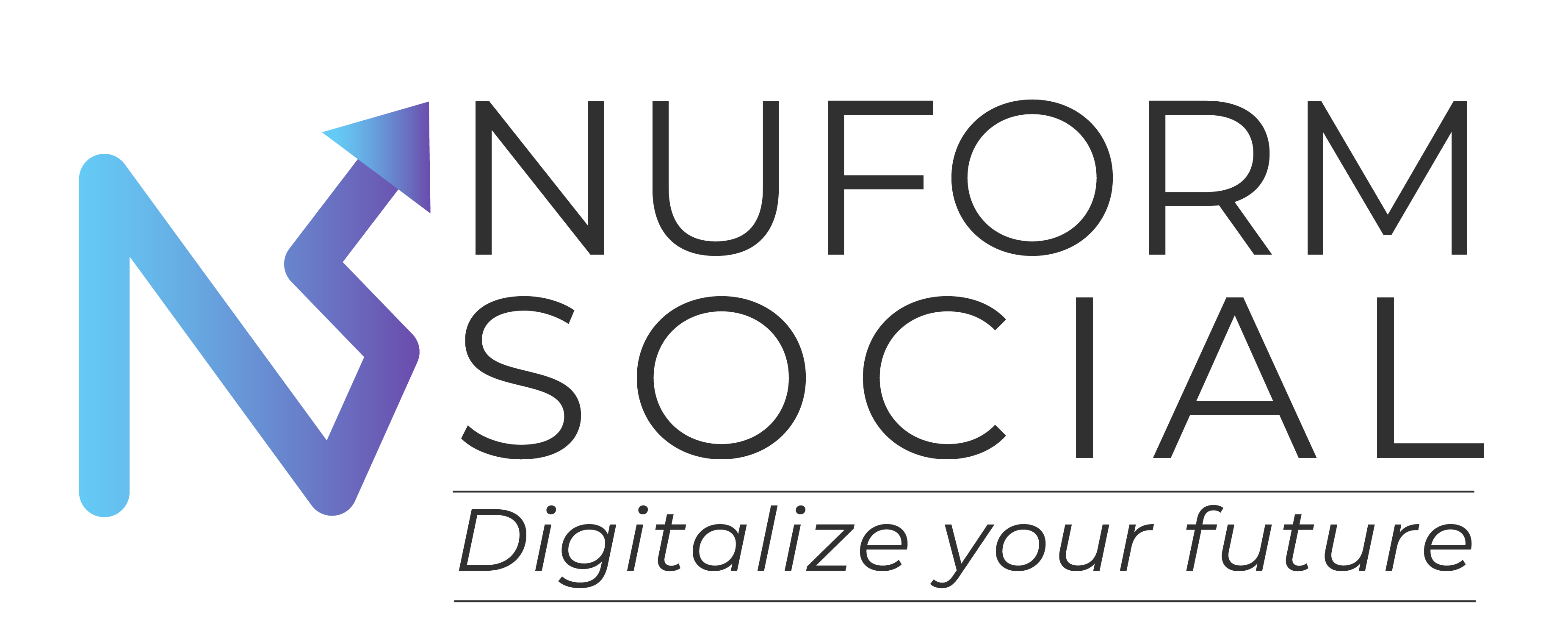Software Asset Management: Simplifying Your Software World
Ever feel like managing software is like herding cats? You’ve got licenses here, subscriptions there, and random tools popping up like weeds. It’s a mess and one wrong move can cost your business more than just time. Maybe you’ve seen it firsthand: renewal dates missed, mystery tools with no known owner, or surprise invoices from apps no one remembers signing up for.
Welcome to software sprawl, the silent chaos happening in most companies today. Before you know it, your IT team is stuck in spreadsheets, your finance team is chasing invoices, and you’re sitting on unused licenses that drain your budget. Add in the threat of a surprise audit and the stress multiplies.
That’s where Software Asset Management (SAM) steps in. Think of it as your software GPS. It helps you track what you own, how it’s used, and whether you’re staying compliant with licensing rules. Simply put, SAM is all about keeping tabs on your software from the moment you buy it to the day you stop using it.
Without SAM? You’re basically trying to find a single receipt in a mountain of digital clutter. Yikes.
Companies without solid software license tracking or software cost control practices risk it all audit penalties, wasted money, and IT burnout. But businesses that get SAM right? They save real money, reduce software audit risks, and finally make their tech stack work for them.
This guide will show you how. No jargon. No fluff. Just real-world tips to help you untangle the mess.
Ready? Let’s dive in.
What is Software Asset Management, Really?
So what is Software Asset Management, anyway?
In plain terms, Software Asset Management (SAM) is all about tracking, managing, and optimizing every piece of software your company uses from the day you buy it to the moment you retire it. That includes licenses, usage rights, updates, renewals, and even those forgotten tools someone installed “just to test.”
Think of SAM like a digital librarian for your software collection keeping everything organized, accounted for, and easy to find when you need it. Instead of dealing with scattered tools and mystery invoices, you get one clean system to manage it all.
And why does this matter? A few big reasons:
- Compliance: SAM helps you stay on the right side of licensing rules so you don’t get hit with nasty surprises during a software audit.
- Budget savings: Organizations with strong SAM practices save up to 30% on software costs annually by cutting waste and reclaiming unused licenses.
- Operational efficiency: It frees up your IT team from chasing down rogue apps and lets them focus on strategy instead of firefighting.
Whether you’re a fast-growing startup or an enterprise with hundreds of tools, software inventory management and software license management aren’t just IT checkboxes they’re smart business moves. Good IT asset management means you’re not just surviving the software chaos, you’re thriving in it.
Let’s explore how SAM actually works and what it can do for your business.
Why Your Business Needs Software Asset Management
A Costly Wake-Up Call You Don’t Want
Picture this: a mid-sized company thought they had their software under control until an unexpected audit revealed dozens of untracked licenses. The result? A $100,000 fine. Ouch.
Unfortunately, stories like this aren’t rare. Without a solid Software Asset Management (SAM) system in place, many businesses face hefty audit penalties, overspend on unused software, or let critical tools fall through the cracks. SAM isn’t just about staying organized it’s about protecting your bottom line.
Avoiding Compliance Nightmares with SAM
Licensing rules can be a maze and software vendors don’t mess around. One missed renewal or over-deployed license can trigger an audit, fines, or even legal trouble.
SAM helps you avoid software audit risks by keeping track of every license, version, and usage detail. No more last-minute scrambles or sweating through audit season. With SAM, you’re always ready.
Cutting Software Costs Without Cutting Corners
You’re probably paying for software you’re not even using. Studies show companies waste up to 35% of their software spend on underutilized tools. That’s like buying a buffet and only eating the breadsticks.
Software license management through SAM identifies what’s being used and what’s collecting dust so you can cut costs without cutting essential tools.
Streamlining IT Operations Through Asset Management
Every time IT has to dig through spreadsheets or emails to find out who’s using what, it’s time wasted. Software inventory management through SAM gives your IT team one clean dashboard to monitor everything licensing, usage, renewals, compliance.
This boosts IT asset management efficiency and gives your business the agility it needs to scale smarter.
Bottom line? SAM is more than a safety net it’s a strategic tool. It protects you from risk, saves money, and helps your team work faster and smarter. If you’re serious about software cost control, compliance assurance, and operational sanity, it’s time to treat Software Asset Management like a must-have, not a maybe.
How to Simplify Your Software World with SAM
Let’s face it software chaos is real. But cleaning it up doesn’t have to be overwhelming. With the right Software Asset Management (SAM) process, you can turn that digital mess into a streamlined, well-oiled machine.
Here’s how to start untangling your software world, one step at a time.
Step 1: Inventory Everything (Yes, Everything)
Start with a good old-fashioned software roll call. List every tool, license, app, and subscription your team uses from the major platforms to that random tool someone installed in 2019 and forgot about.
This step lays the foundation for software inventory management and helps you see what you’re working with before making any decisions.
Step 2: Choose the Right SAM Tools
Your spreadsheets can only take you so far. It’s time to upgrade.
Here’s a quick snapshot of software asset tracking tools based on where you’re at:
SAM Need | Tool Type | Features |
Just Starting | Basic SAM Tools | Manual tracking, basic reporting |
Growing Business | Mid-Tier SAM Platforms | Automated discovery, alerts, reports |
Enterprise-Level Complexity | Advanced SAM Suites | Full integration, AI-driven optimization |
Choose what fits your scale your SAM tool is like a GPS, helping you navigate the software maze without hitting dead ends.
Step 3: Set Policies (And Actually Use Them)
Who buys software? Who approves it? Who tracks it? If the answer is “umm… depends,” it’s time for a fix.
Build simple, clear software lifecycle management policies: from procurement to usage to decommissioning. This keeps everyone on the same page and avoids surprise installs that throw off your entire system.
Step 4: Audit, Update, Repeat
Software changes fast. People switch tools, licenses expire, and updates roll out.
Make regular software audits part of your calendar. Automated tools can help you stay current and compliant without adding work to your day.
Step 5: Train Your Team to Make It Stick
Even the best SAM strategy fails if nobody uses it. A little training goes a long way.
Help your team understand why it matters. Show them how automated license management tools make their lives easier. Make SAM less about rules and more about results.
Bottom line: When you follow these steps, SAM stops being a chore and starts being a superpower. You gain visibility, control, and sanity without drowning in spreadsheets or chasing down expired licenses.
Next up: let’s talk about the common SAM mistakes that trip up even the best teams.
Common Mistakes in Software Asset Management and How to Avoid Them
Think your SAM strategy is foolproof? Think again. Even seasoned IT teams fall into some classic traps and they can cost big time. Here are the most common software asset control mistakes, plus how to dodge them like a pro.
Mistake #1: Ignoring SAM Altogether
Skipping SAM is like assuming your cat won’t knock over your coffee mug it will happen, and it’ll be messy.
Quick fix: Even a simple software inventory spreadsheet is better than nothing. Start small, scale smart.
Mistake #2: Manual Tracking Madness
Spreadsheets are great… until they aren’t. Manual tracking invites human error and outdated data.
Quick fix: Use automated license management tools that update in real time. You’ll save hours and sanity.
Mistake #3: No One Knows the Rules
If your team doesn’t know who’s responsible for what, things fall apart fast.
Quick fix: Create clear roles and responsibilities. Train your team so they don’t rely on tribal knowledge.
Mistake #4: Reacting Only During Audits
If the first time you review your licenses is during an audit… you’re already too late.
Quick fix: Schedule periodic check-ins. It’s the best way to avoid software audit risks and stay ahead of surprises.
Avoiding these mistakes isn’t just about saving money it’s about keeping your systems smart, compliant, and chaos-free.
Next, let’s wrap it all up with a quick recap and a final call to action.
FAQ: Answering Your Burning Software Asset Management Questions
Still scratching your head about Software Asset Management? You’re not alone. Let’s break down some of the most common questions minus the tech jargon.
What’s the difference between SAM and IT asset management?
Great question! Software Asset Management (SAM) focuses specifically on software licenses, usage, compliance, and lifecycle tracking. IT asset management, on the other hand, includes all tech assets, like hardware (laptops, servers) and software together. Think of SAM as a specialized branch of the broader IT asset tree.
How often should I audit my software licenses?
At a minimum, you should do a software license audit once a year. But if you’re scaling fast or using lots of SaaS tools, quarterly reviews help stay proactive and avoid surprises.
Can small businesses benefit from SAM?
Absolutely! Whether you have 10 licenses or 1,000, SAM tools can prevent overspending and keep you compliant. Small businesses often gain the most from even basic software inventory management.
What are the risks of poor software asset management?
Poor SAM = big problems. We’re talking software audit risks, accidental non-compliance fines, wasted licenses, and chaotic IT operations. Prevention is always cheaper than damage control.
Are there free SAM tools worth trying?
Yes! Tools like Open-AudIT, Spiceworks, and ManageEngine offer free software asset tracking tools with basic features. Great for getting started without blowing your budget.
Ready to Declutter Your Software World?
Let’s be real nobody starts their day dreaming about spreadsheets full of software licenses. But that’s exactly why Software Asset Management matters. It simplifies your software world, saves you money, reduces stress, and keeps you ready for whatever audits or updates come your way.
Getting started doesn’t have to be overwhelming. Take that first step: create a simple inventory of what software you’re using or try out a free SAM tool and see the difference it makes.
Got questions? Drop them in the comments. Need help figuring it all out? Reach out we’re here to make software simple, not stressful.
Because at the end of the day, your software deserves a little TLC. Let’s keep it organized, optimized, and 100% audit-ready. Ready to take control? Let SAM be your secret weapon.

